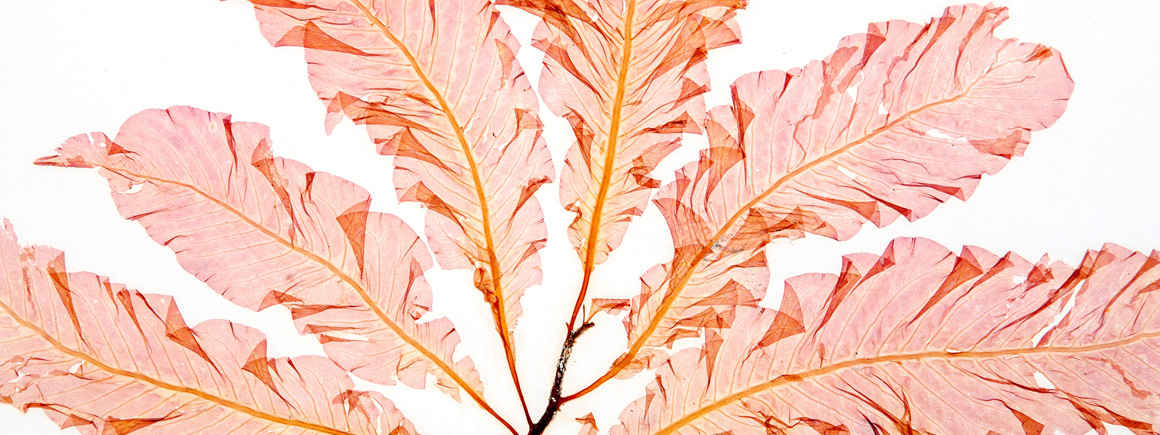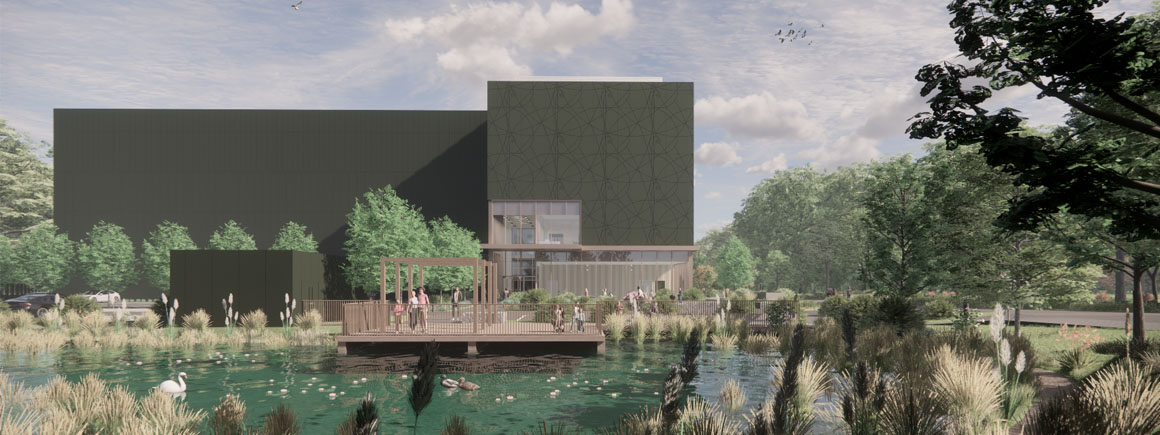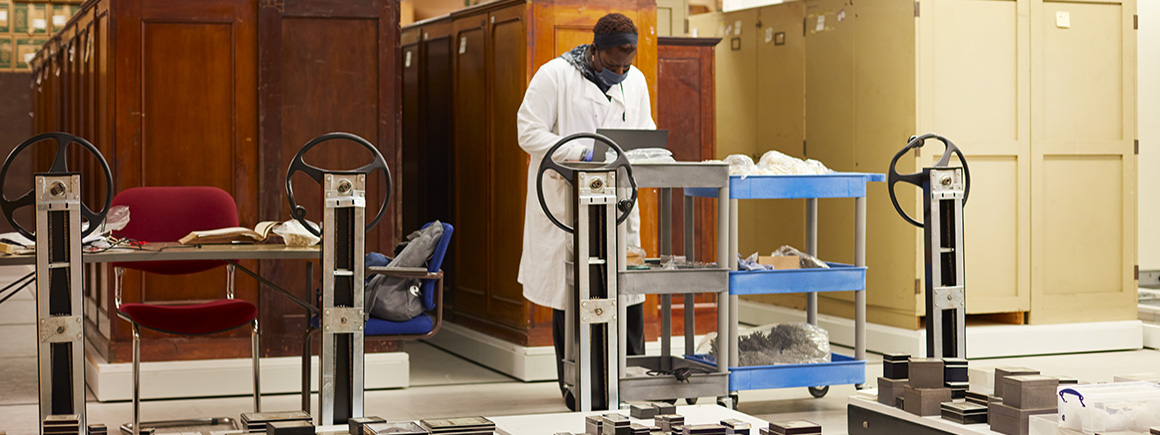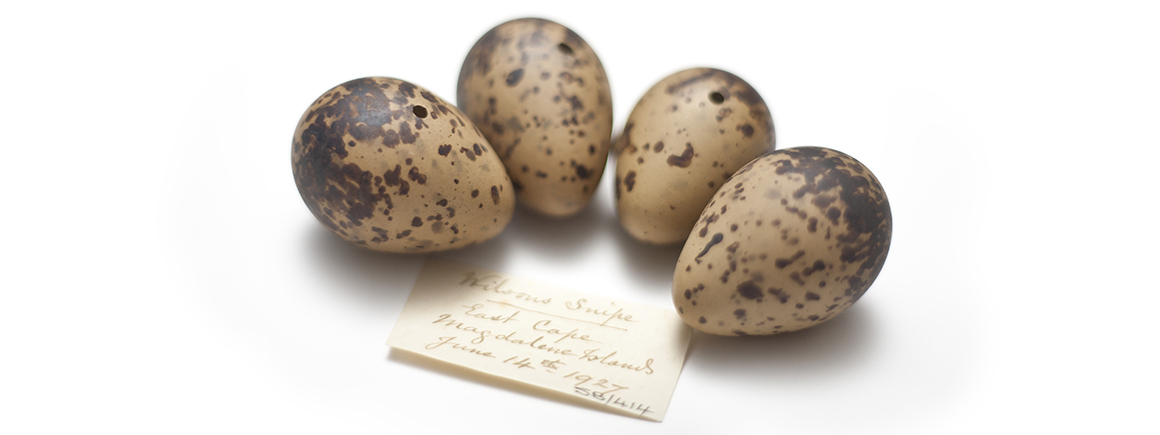Looking for a specimen?
The algae collection is being digitised

The seaweed Delesseria sanguinea.
Algae specimens account for about five per cent of the Museum's botanical collections. The diatom collections are curated separately.
The algae collections number around 400,000 specimens. The main algal groups represented here are:
The algae collections include:
The algae collection is being digitised
If you would like to use any specimens for research, please get in touch.
400,000
9,810
6,000
Red algae (Rhodophyta) 120,000
Brown algae (Phaeophyceae) 50,000
Marine green algae (Chlorophyta) 35,000
Freshwater and terrestrial green algae (Charophyta) 18,000
Cyanobacteria (Cyanophyta) 8,000
Other groups (including euglenoids and xanthophytes) 1,000
Red algae (Rhodophyta) 5,500
Brown algae (Phaeophyceae) 2,000
Marine green algae (Chlorophyta) 1,500
Freshwater and terrestrial green algae (Charophyta) 800
Cyanobacteria (Cyanophyta) unknown
Other groups (including euglenoids and xanthophytes) 10
Herbarium sheets 230,000
Boxed collection 4,000
Microscope slides marine 24,000
Microscope slides fresh 10,000
Liquid (spirit) marine 6,000
Liquid (spirit) fresh 3,000
Unincorporated collections around 15,000
Historical bound volumes – around 80
The earliest algae specimens are in the Sir Hans Sloane Herbarium, the Museum's founding collection, with material dating from the early 1600s to the mid-1700s.
Of particular note are the collections of Adam Buddle, which are incorporated here and include seaweed specimens collected from UK shores in the 1690s.
In 1970 the algae collections at the Museum and the Royal Botanical Gardens, Kew were amalgamated. The size of the Museum’s algae collection doubled, dramatically increasing the number of type and historically important specimens.
Recent collections are the vouchers for field research and/or published revisions and floras (such as the Seaweeds of the British Isles series).
W H Harvey
J Hooker
Dawson Turner
E Batters
F Schmitz
A D Cotton
M Foslie
W and G S West
E M Holmes
J Lightfoot
Maze and Schramm
FE Fritsch
K Drew
A W Griffiths
G Dickie
A Hassall
J Ralfs
W Joshua
E Jenner
G O Allen
H and J Groves
G R Bullock-Webster
T B Blow
Expeditionary voyages
JA Brodie
YM Chamberlain
WF Farnham
DM John
LM Irvine
CA Maggs
JH Price
I Tittley
The herbarium has a global coverage. The UK is particularly well represented, with a timeline of specimen data going back over 250 years.
Australia
New Zealand
South Africa
North America
South America
Falkland Islands
West Africa
Oman
United Arab Emirates
Iceland

Access to some collections will be affected as we prepare for the move to our new collections, science and digitisation centre.

Scientists and collections management specialists can visit the collections and borrow specimens for research.

Our duty is to provide a safe and secure environment for all of our collections.